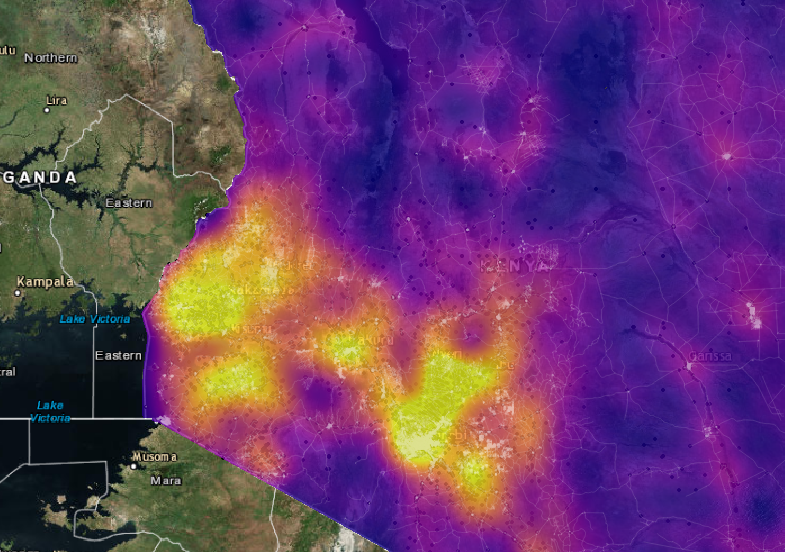The recent increase in user-generated content and social media adoption in developing countries offers an unprecedented opportunity to better understand the accessibility and spatial distribution of financial services in sub-Saharan Africa. Financial inclusion has been identified as a priority by multiple agencies in the region and on-the-ground efforts are currently underway to identify previously unknown financial access points in numerous developing African countries. Existing techniques for estimating the location of these access points rely on spatial analysis of often outdated or unsuitable publicly available datasets such as population density, road networks, etc., as well as expensive and time consuming surveys of locals in the region. In this work we propose an approach to augment existing spatial data analysis techniques through the inclusion of user-generated geo-content and geo-social media data. Through a comparison of standard regression models and machine learning techniques, this work proposes the use of alternative data sources to build prediction models for identifying financial access locations in countries where current estimation models are insufficient. With a better understanding of geospatial distribution patterns this work aims at reducing data acquisition costs and providing decision makers with critical data more quickly and efficiently. Finally, we present a mobile application built on the outcomes of this analysis that is currently being used to better inform on-the-ground data collection efforts.

